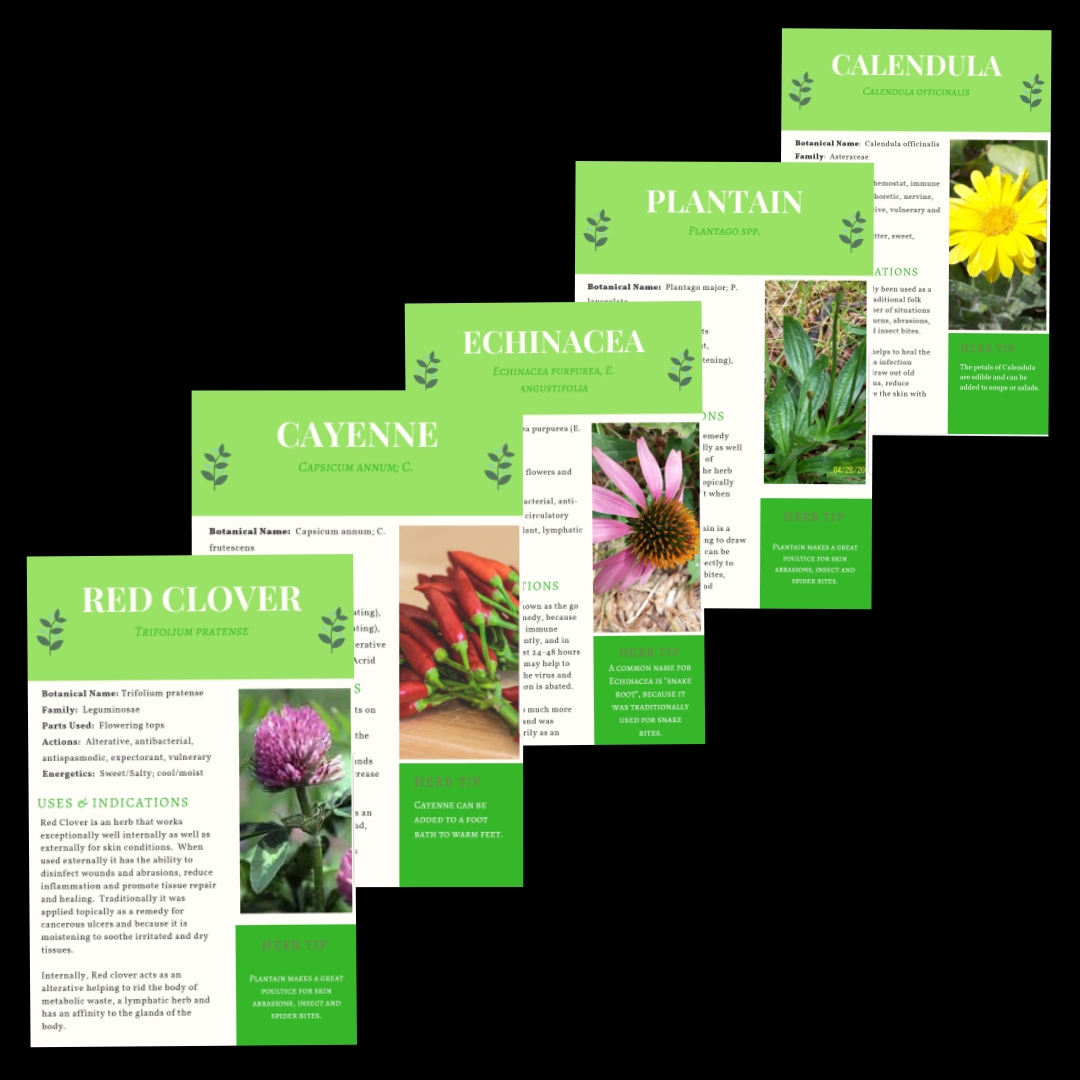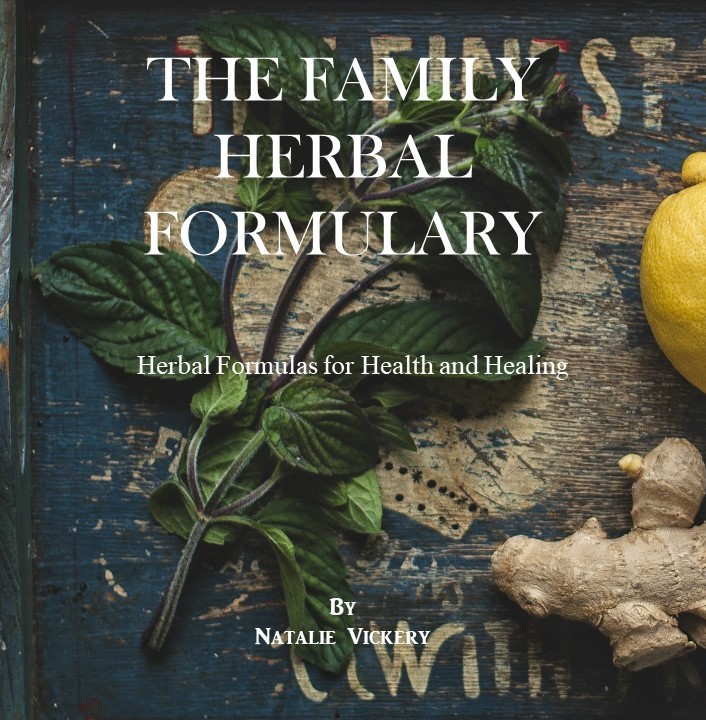 The skin is our first line of defense when it comes to keeping pathogens at bay. Once the barrier of the skin is broken this opens a pathway for infection. Topical administration of herbs allows for another access route for administering herbs as well as healing the surface and reducing the risk of infection.
The skin is our first line of defense when it comes to keeping pathogens at bay. Once the barrier of the skin is broken this opens a pathway for infection. Topical administration of herbs allows for another access route for administering herbs as well as healing the surface and reducing the risk of infection.
Hydrated skin absorbs better than dehydrated skin. Therefore, by staying hydrated we more readily absorb substances into the skin. When herbs are added to water and applied to the skin the water not only acts as a carrier for the herbs, but also increases absorption by helping to hydrate the skin.
Synthetic substances such as toxic chemicals and steroidal hormones are also absorbed rather easily by the skin. These substances can put a strain on the liver as well as disrupt hormonal function. Because of this fact we should consider using only natural substances on the skin.
Manifestations on the skin such as acne, eczema, psoriasis, lichen planus and other conditions tend to be a bit more complex. It might be a good idea to address those kind of conditions with an herbalist in order to determine the best approach.
There are numerous topical applications that can be used not only to cleanse a wound and ease muscle tension but also help to reduce irritation, the risk of infection and expedite the healing process.
Herbal Washes/Soaks
An herbal wash or soak can be used to cleanse and disinfect a wound or help to stop itching and soothe irritation. An herbal wash is merely a strong herbal infusion that is poured over the area or applied to a cloth.
For an herbal soak you can add a quart of herbal infusion to a basin of water and soak the area until it looks clean or the irritation has subsided.
To prepare an infusion for an herbal wash or soak:
1 Quart of water
1-2 cups of select herb(s)
Bring the water to a boil and pour it over the herb(s). Allow the herbs to soak until the water is cool enough to apply to the skin. Strain off the herbs.
The herbal infusion can be applied as needed to clean the wound or used as a soak several times a day. Retain any unused infusion in the refrigerator to reuse for up to two days. Discard any unused infusion after two days.
Compress:
A compress is often used with applications of water only. However, herbs may be used and applied externally to a specific area of the body using a compress. Compresses can be used either warm or cool and can be used to help ease pain, spasms, sore muscles and to reduce inflammation.
Caution: Warm compresses are never applied to an open wound.
When making an herbal compress you begin by making a strong herbal infusion like the one mentioned above. Soak the cloth in the herb solution, wring out the excess liquid and apply the compress to the affected area.
Poultices:
Poultices are a paste produced from grinding, crushing, or chewing fresh herbs and applying them to the affected area. A poultice is used for sore muscles, bites and stings and to relieve pain and inflammation.
Making an Herbal Poultice
- Grind, crush or chew up fresh or dried herbs.
- Apply the poultice to the affected part of the body for one to eight hours. Wrap the area with plastic wrap to hold the poultice in place.
- Cover the wrap with flannel and apply heat if applicable.
- Change the poultice out frequently preventing it from drying out.
- Olive oil or other oils may be applied to the area prior to applying the poultice to ensure that the poultice doesn’t stick to the skin.
Some Herbs to Consider for Topical Applications:
Aloe (Aloe vera)
- Helps to reduce inflammation, expedite wound healing and is an excellent application for burns and abrasions
Arnica (Arnica montana)
- Strains, sprains, bruises, traumatic injury; sore muscles, joints, tendons and ligaments (topical)
Calendula (Calendula officinalis)
- Expedite wound healing, reduce inflammation and is antiseptic. May be used for skin irritations, rashes, burns and wounds.
Chickweed (Stellaria media)
- Helps to expedite wound healing and reduce inflammation
Plantain (Plantago spp.)
- Expedite wound healing, reduce inflammation, soothe irritation, antiseptic, antibacterial and helps draw debris to the surface of the skin
Yarrow (Achillea millefolium)
- Antiseptic, antifungal, helps to staunch bleeding, helps to reduce inflammation and mild pain reliever
Various Poultice Applications:
Honey or Molasses – may be mixed with flour to make a paste or applied on its own for burns or scalds.
Baking Soda or Clay – prepare as mentioned above for bug bites and stings.
Cabbage Leaves (raw) – Crushed or mashed and applied for inflammations, ulcers, boils, arthritis and infections.
Potato (raw/grated) – apply to inflammations and boils.
Bread and Milk – combine the bread and milk and apply to boils and abscesses.
Corn Meal – mixed with boiling water to make a paste an applied to the chest for pleural inflammation.
Onion – lightly sauté a chopped onion until it is soft and warm and place between a gauze or other cloth. Grease the chest and apply the poultice to the area. Onion poultices are very effective for respiratory conditions.
Elm (Ulmus fulva, U. spp.) – Mix the powdered elm bark with warm water and apply to inflammations, swellings and ulcerations.
Mallow or Malva spp. – Chew or crush the leaves and apply to the skin to help soothe irritations.
Plantain (P. lancealota, P. major) – Chew or crush leaves and apply to area. Plantain is fabulous for helping to draw things out of the skin such as stingers, splinters or glass.



